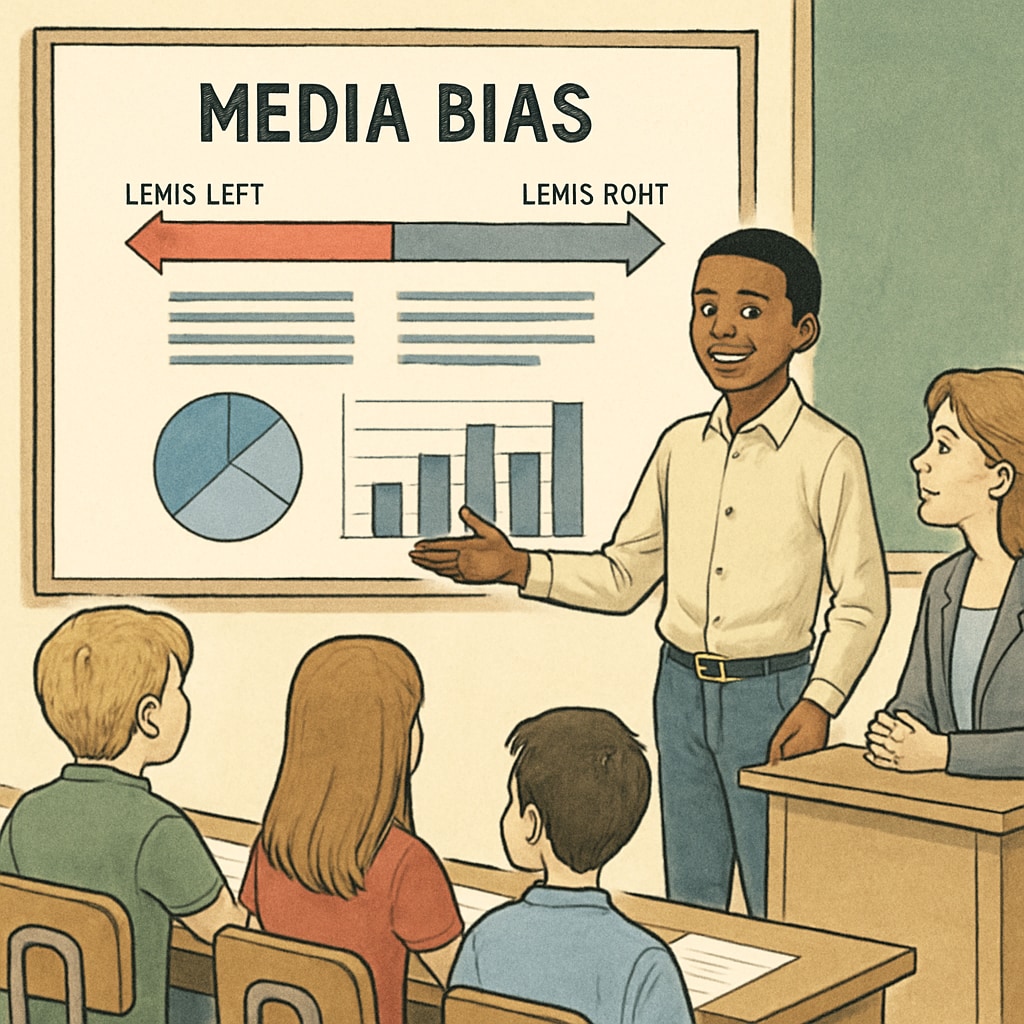In the rapidly evolving digital landscape, incorporating AI writing prompts, media literacy, and teaching resources into the classroom has become essential. As educators aim to prepare students for a world dominated by media and technology, innovative tools can empower learners to think critically and create responsibly. This article introduces five AI-powered resources designed specifically for grades 9-12, helping teachers foster critical thinking, creativity, and media analysis skills.
Why Media Literacy Matters in the Digital Age
Media literacy, the ability to critically analyze and interpret media messages, is a cornerstone of 21st-century education. With the rise of social media, fake news, and AI-generated content, students need tools to differentiate credible information from misinformation. AI tools, such as ChatGPT, offer unique opportunities to engage students in thoughtful discussions while developing their media literacy skills.
For example, teachers can use AI to simulate real-world scenarios, such as identifying bias in news articles or creating visual narratives. These hands-on activities are not only engaging but also encourage students to think deeply about the messages they consume and produce online.

5 AI-Powered Media Literacy Teaching Resources
Here are five free and innovative teaching tools that leverage AI and are specifically designed for high school students:
- ChatGPT for Role-Playing Activities
Using ChatGPT, teachers can simulate conversations with historical figures, journalists, or fictional characters. Students can ask questions, debate, or explore multiple perspectives on a topic, enhancing their critical thinking and empathy.
- Canva for Visual Storytelling
Canva, an intuitive graphic design tool, is excellent for teaching visual storytelling. Students can use templates to create infographics or digital posters that analyze media topics. Pairing Canva with AI-generated text from ChatGPT can help students focus on crafting persuasive narratives.
- Fact-Checking with AI
Tools like Snopes and AI-integrated fact-checking platforms allow students to verify the accuracy of claims found in online articles. Teachers can design tasks where students cross-check information and discuss their findings in groups, fostering collaboration and analytical skills.
- AI-Powered Video Analysis Tools
Platforms such as WeVideo offer AI-driven features that help students analyze video content. By examining editing techniques, sound design, and visual cues, students gain insights into how media shapes perceptions.
- Socratic Questioning with AI Tutors
AI-powered tutoring platforms, like Socratic by Google, can guide students through complex questions related to media ethics and digital literacy. This resource encourages independent learning and deeper exploration of topics.
Incorporating these resources into your curriculum can create a dynamic learning environment where students actively engage with the content and develop essential skills for the digital era.

How to Implement AI in Media Literacy Lessons
Integrating AI tools into the classroom may seem daunting at first, but with proper planning, it can be seamless and effective. Here are some tips:
- Start Small: Introduce one tool at a time, allowing both you and your students to become comfortable with its functionalities.
- Connect to Real-World Scenarios: Use current events or trending media topics to make lessons relevant and engaging.
- Encourage Collaboration: Design group activities where students can work together to analyze, create, or critique media.
- Emphasize Reflection: After using AI tools, ask students to reflect on what they learned and how they can apply these skills outside the classroom.
By following these steps, educators can create an inclusive and interactive environment that leverages the power of AI to enrich media literacy education.
The Future of Media Literacy Education
As AI continues to advance, its role in education will undoubtedly grow. By incorporating AI writing prompts, media literacy, and teaching resources, educators can prepare students to navigate the complexities of the digital age. These tools not only enhance traditional teaching methods but also equip students with the skills needed to become discerning media consumers and creators.
In conclusion, embracing AI in the classroom is not just about keeping up with technology; it’s about empowering the next generation to think critically and act responsibly in an increasingly digital world.
For further exploration, check out resources like the Media Literacy page on Wikipedia or the Britannica overview on media literacy.


